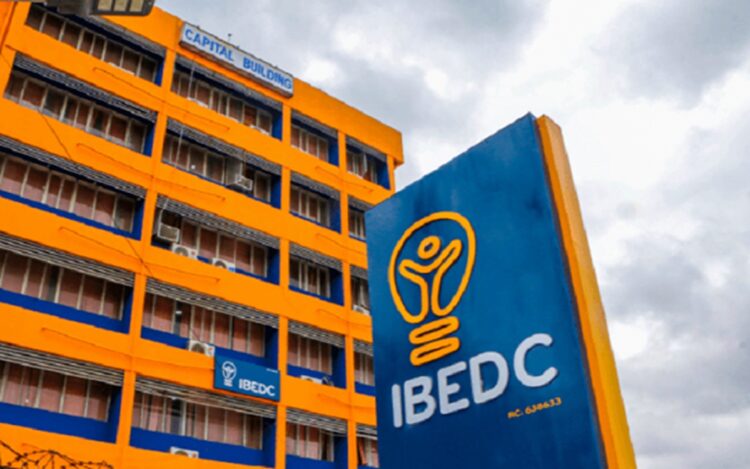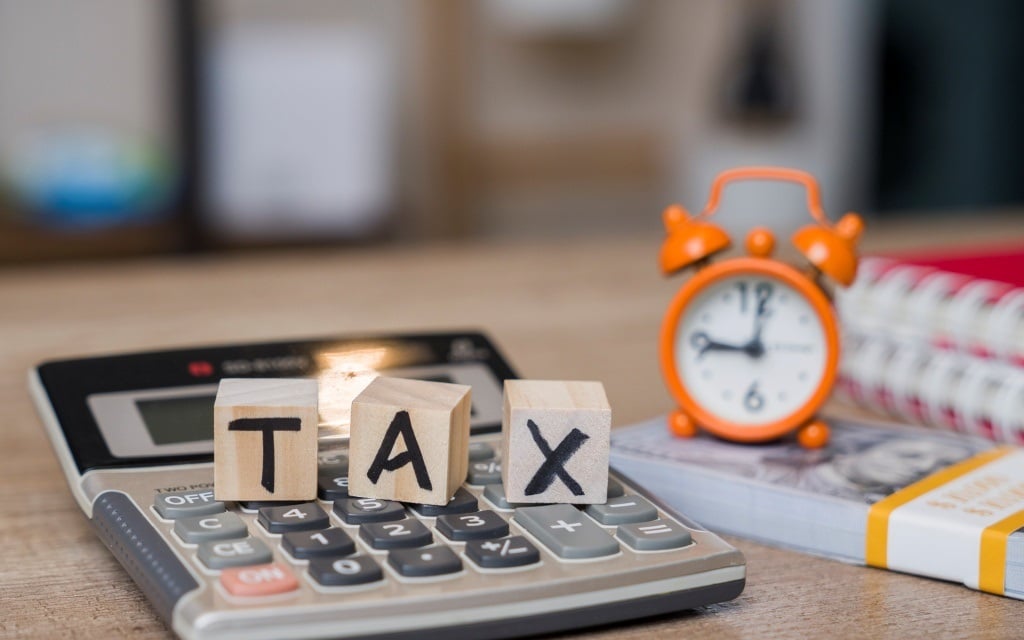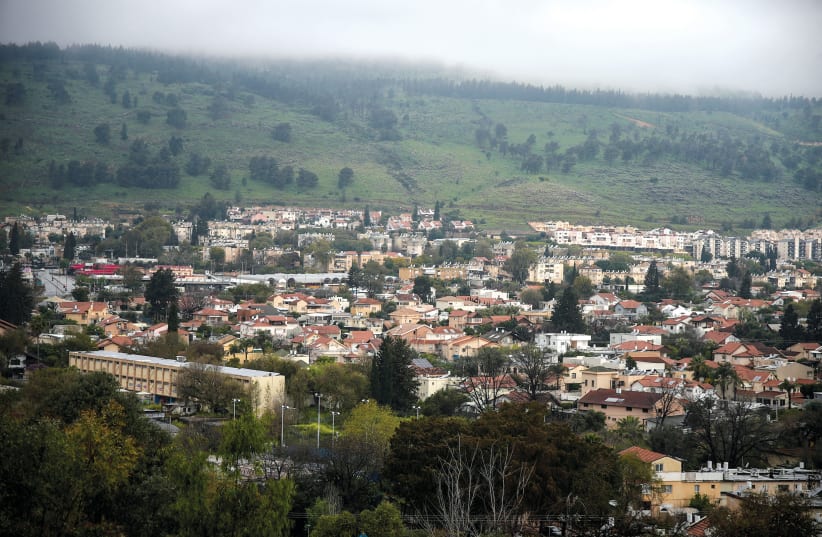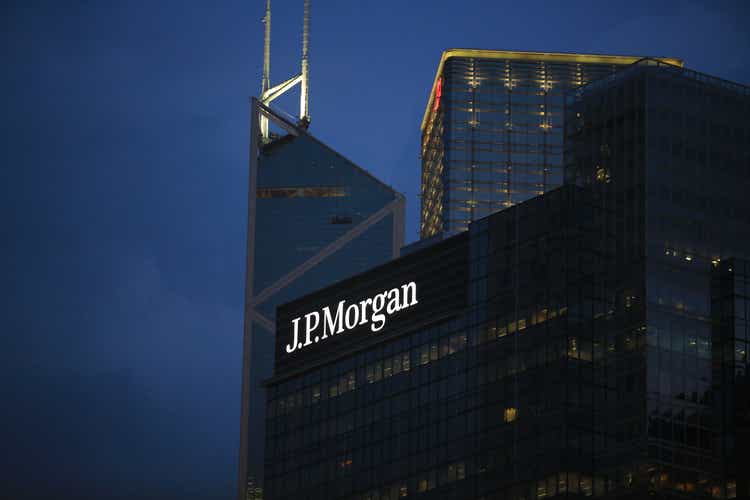
New Delhi: —Morgan Housel The end of the Second World War marked the beginning of an over two-decade-long bull run on Wall Street. As is the case with all bull markets, this one too had its blue-eyed sector—airlines. ‘Air-transport stocks’ were all the rage back then, with investors scrambling to scoop up as many shares as possible.
Aeronautical Securities and the Missiles-Rockets-Jets and Automation Fund were among the hottest mutual funds of the late 1940s and early 1950s. Aviation ticked all the boxes of what fund managers considered the ‘ideal’ sector—a scorching pace of growth, extraordinary technological advancements and seemingly inexhaustible demand. What could go wrong? As it turned out, a lot.

Thanks to factors like heightened competitive intensity, overcapacity and rapid technological obsolescence, which in turn necessitated steadily rising capital expenditure, airlines soon started haemorrhaging money. Despite burgeoning air traffic volumes, airlines found the path to profitability riddled with turbulence, leading to a string of bankruptcies. Such was its predicament that in 1970, this once ‘sunrise sector’ delivered a cumulative loss of some $200 million for its shareholders—a mind-numbing figure those days.
It is now a commonly accepted truism that the airline industry, over its entire history, has lost more money than it made. But this was not so evident back then. The easiest job in finance is to be right in retrospect, but even at the heig.












)


